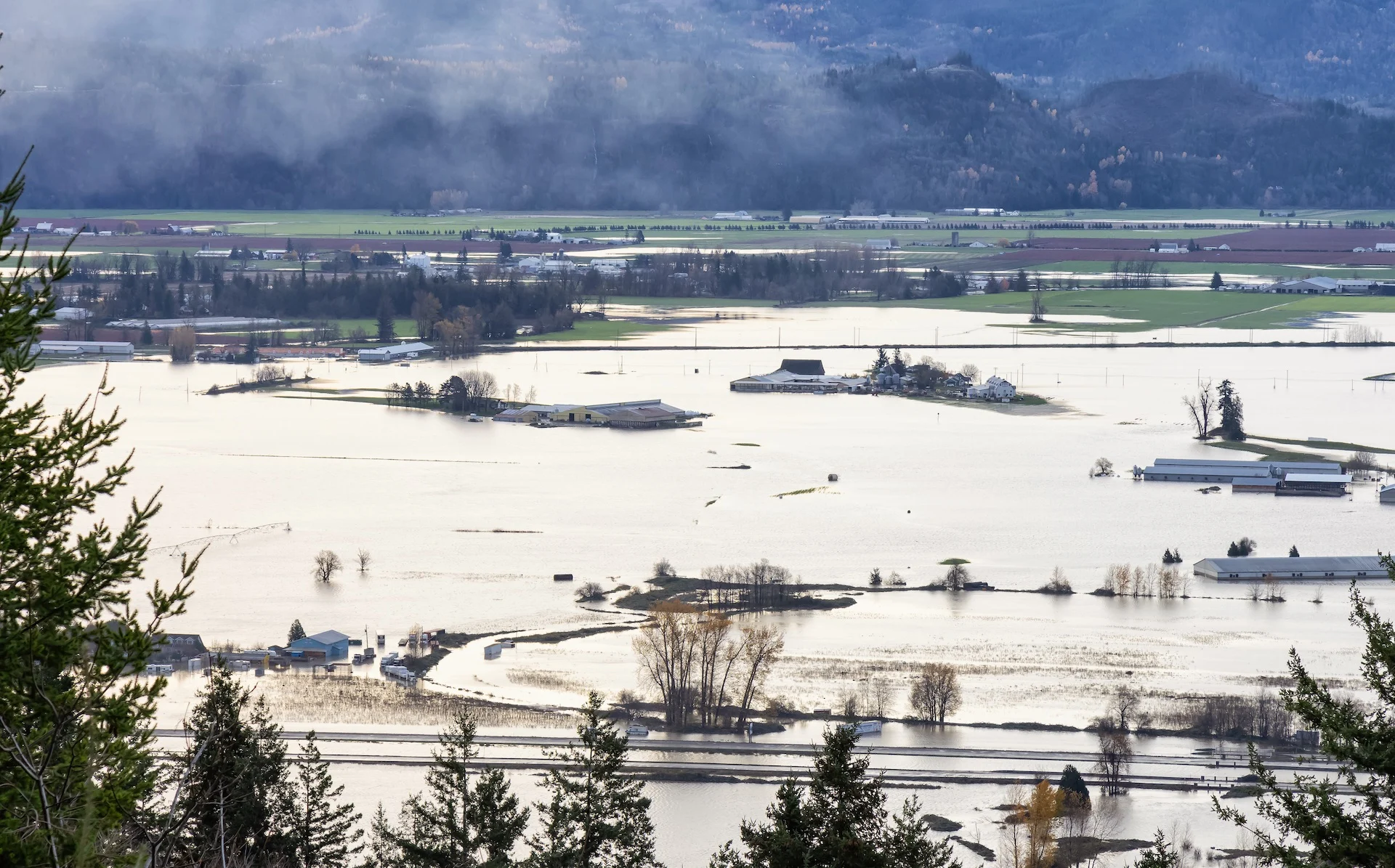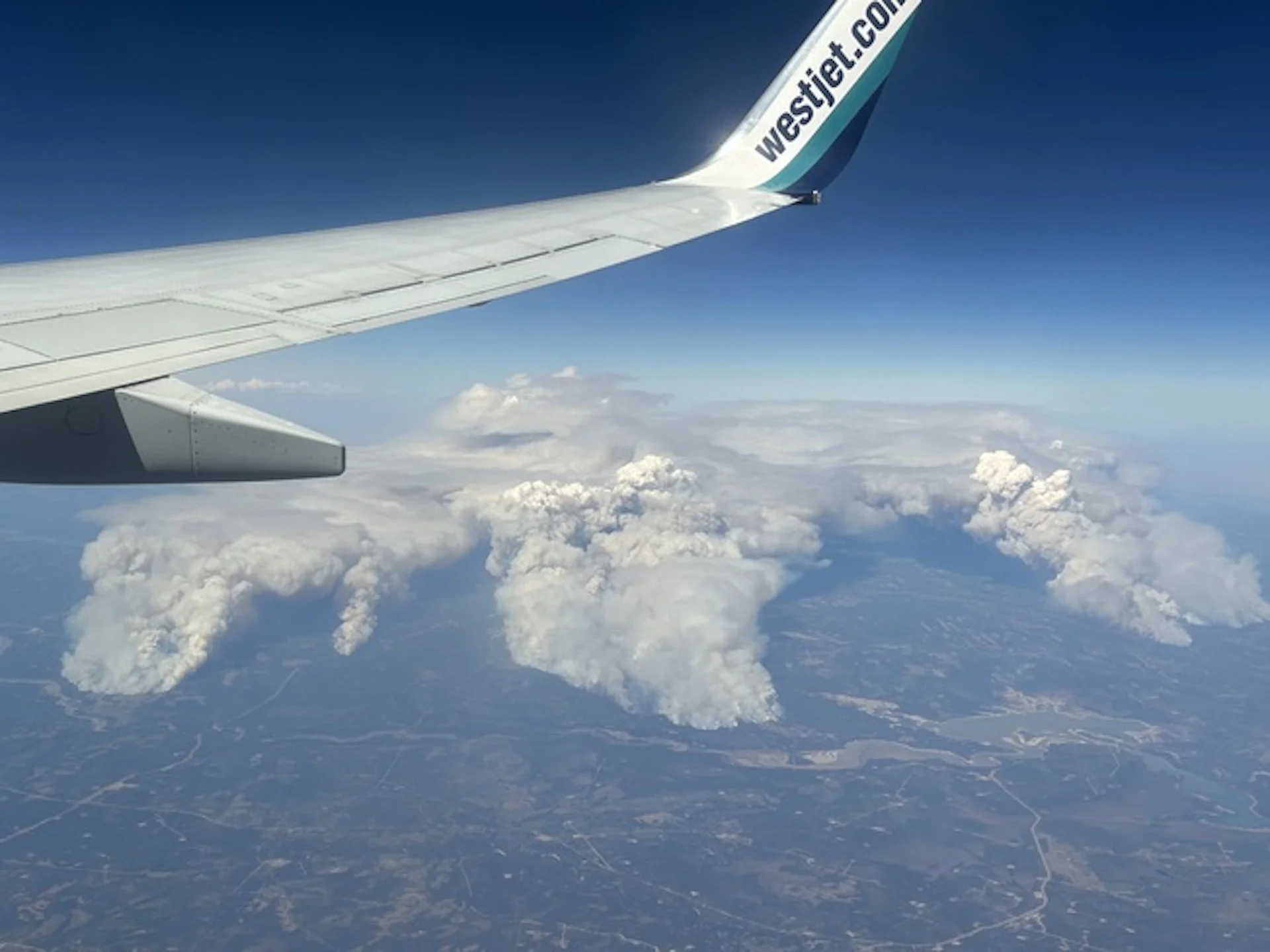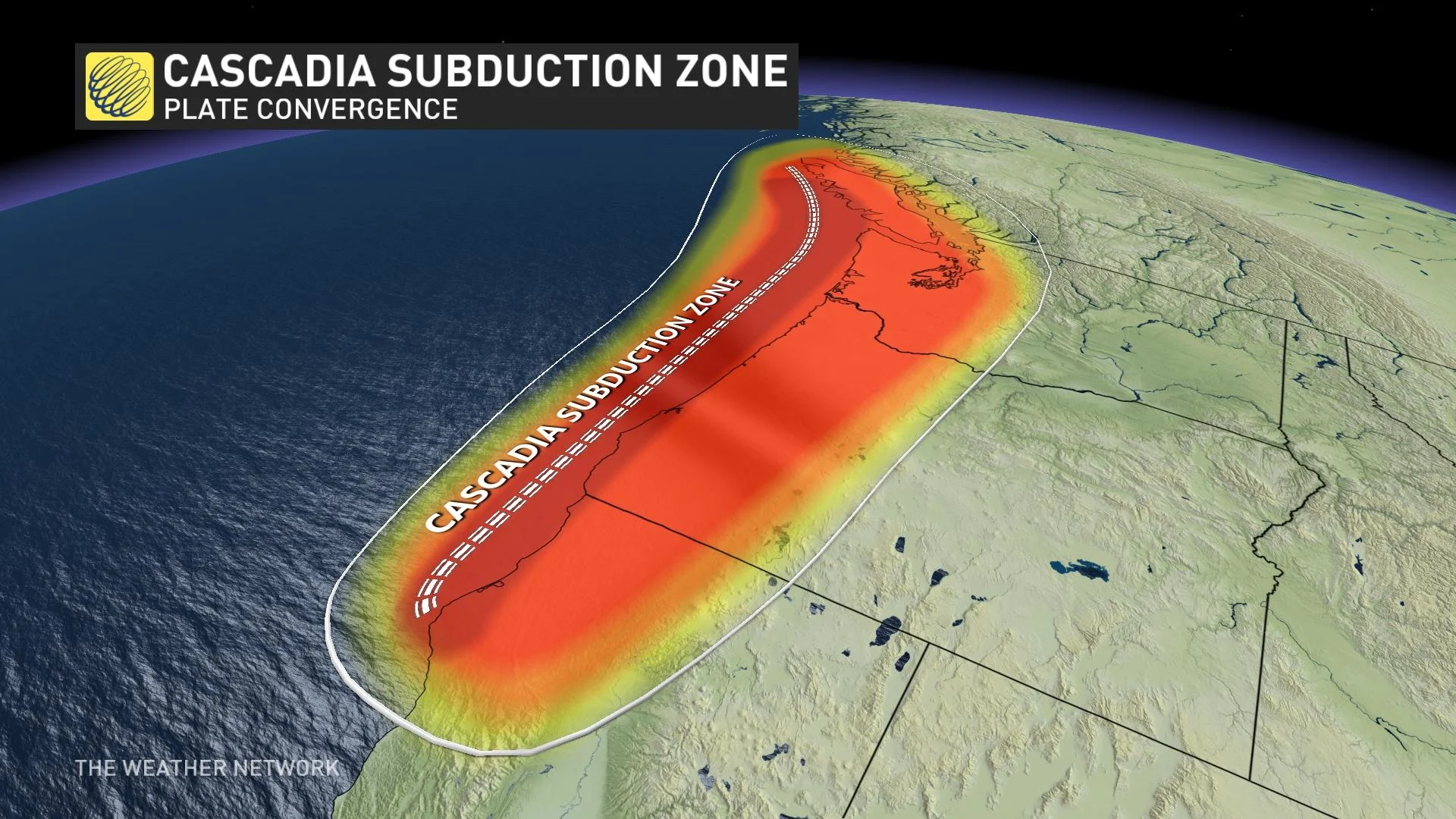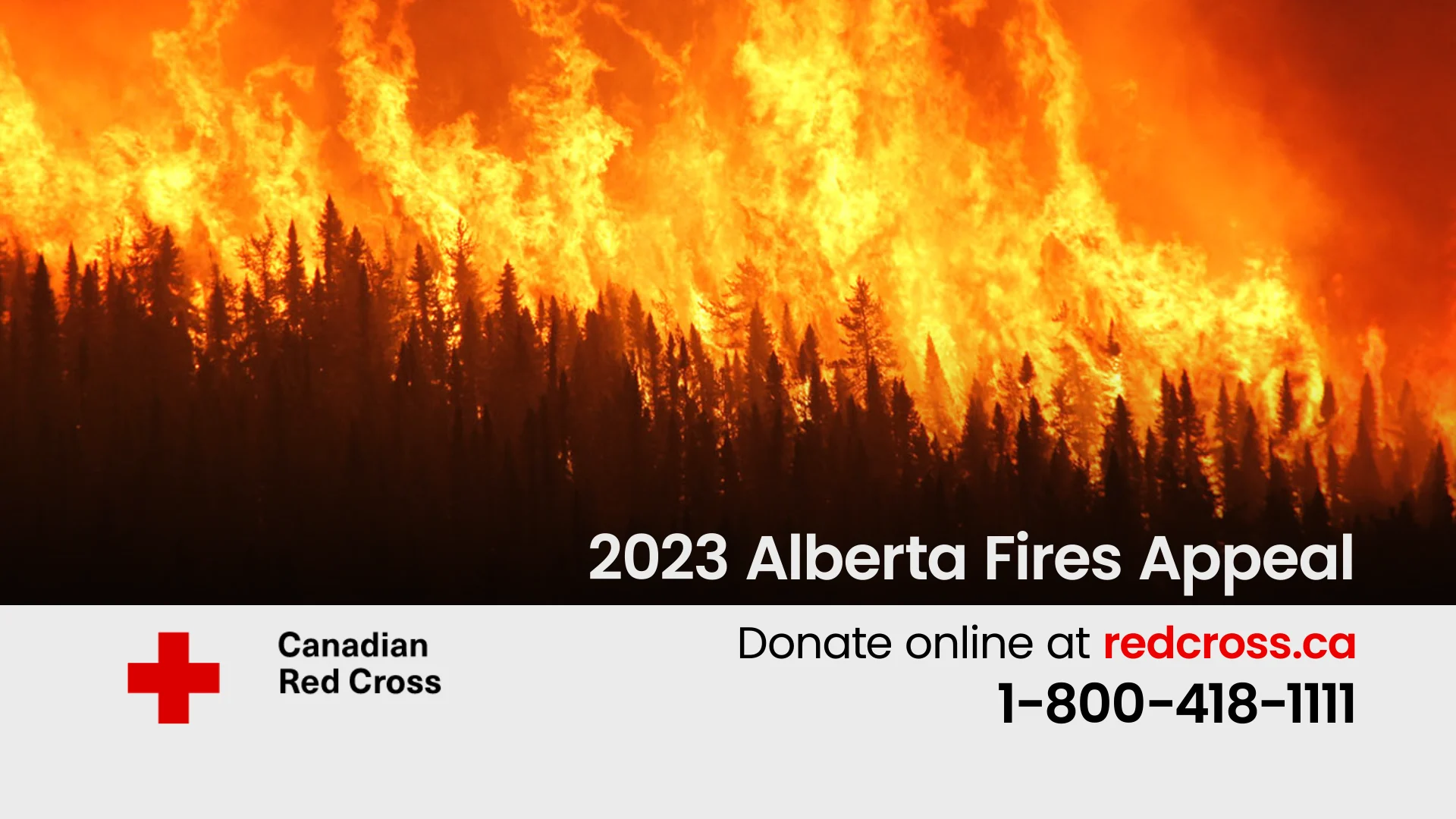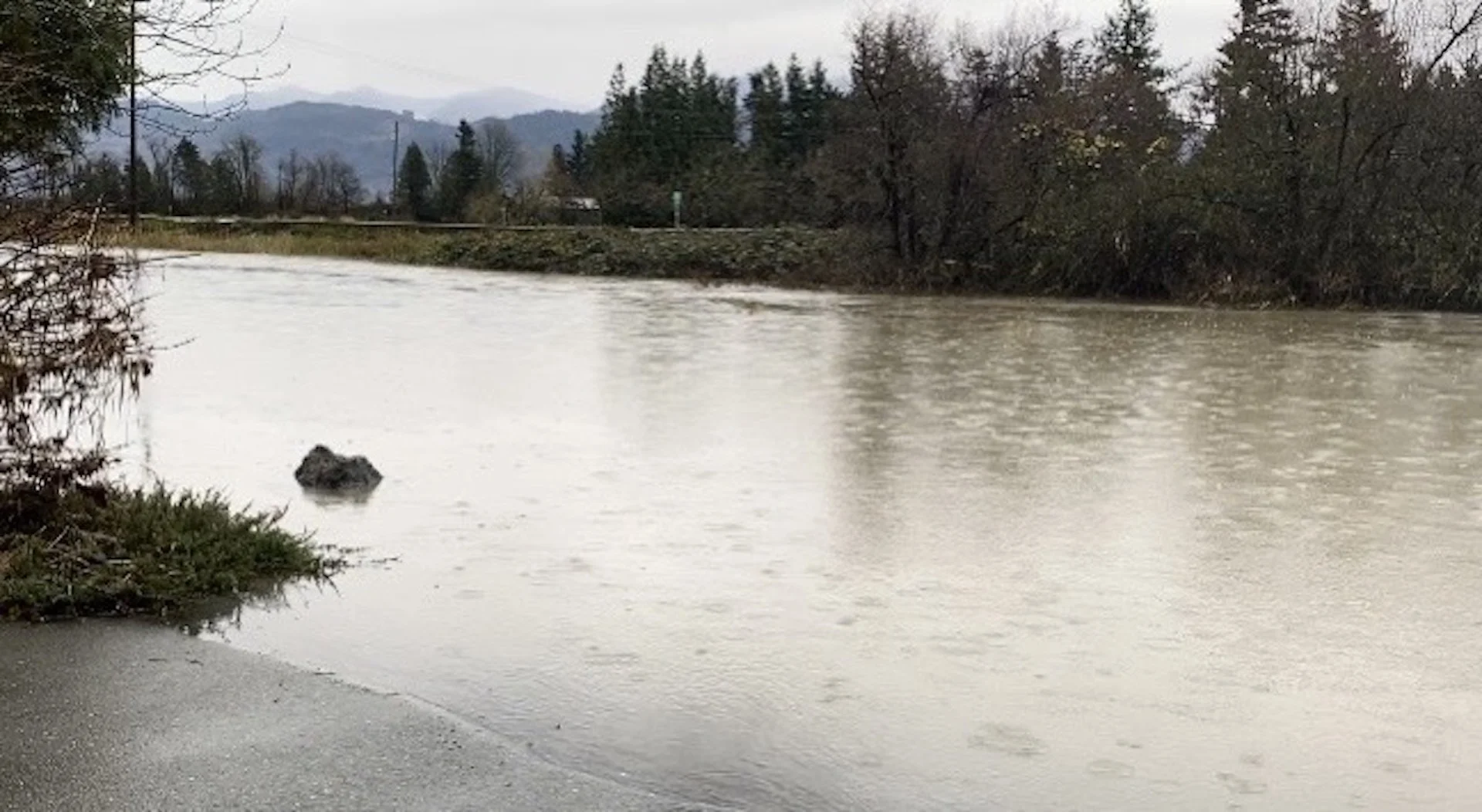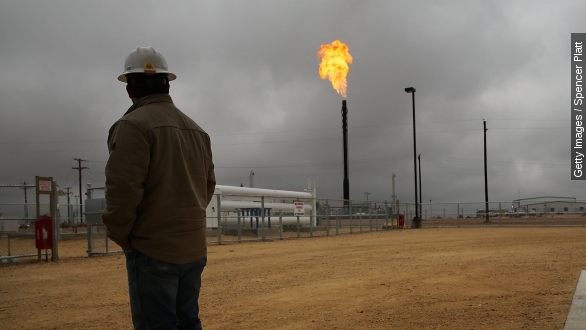Push to build more CO2 pipelines and store vast amounts of the gas underground in Illinois raises alarms about safety regulations




Zbigniew Bzdak/Chicago Tribune/TNSMore
Nara Schoenberg, Chicago Tribune
Sun, July 23, 2023
For years, the carbon dioxide pipeline snaked through the fields and forests of Yazoo County, Mississippi, going largely unnoticed.
But that changed forever on a winter evening in 2020.
Under pressure from heavy rains and a landslide, the pipeline split in two, roaring like a jet engine, carving a 40-foot crater into the ground, and sending an invisible cloud of dangerous carbon dioxide vapor toward the tiny village of Satartia.
In a scene rescue workers would later compare to a zombie movie, cars died in the middle of the road, their engines starved of oxygen. Drivers fled, leaving their hazard lights blinking in the dust and darkness.
A sheriff’s deputy working without an oxygen mask grew increasingly unsteady and short of breath, until he himself had to be rescued, according to Warren County fire coordinator Jerry Briggs.
Closer to the deafening roar of the escaping gas, Briggs and his team spotted a stalled-out car that was still in drive, the driver’s foot resting on the brake, the windows closed. All three of the men inside were unconscious.
“It was miraculous that they survived,” Briggs said.
While rare and up until now nonfatal, accidents such as the one that night in Satartia loom large as the Midwest considers the health and safety issues raised by proposals to build massive new carbon dioxide pipeline projects, including Omaha-based Navigator CO2′s 1,350-mile network spanning Illinois, Iowa, Minnesota, Nebraska and South Dakota.
The projects aim to prevent planet-warming CO2 from entering the atmosphere by capturing it during industrial processes, compressing it into a fluid, transporting it in steel pipelines and injecting it deep underground into naturally occurring rock formations where it will be trapped — ideally for thousands of years.
Navigator says this can be done safely and points to thousands of miles of CO2 pipeline already in use in the United States, mostly by the oil industry, which uses carbon dioxide to boost production.
But opponents, including environmentalists and landowners, say a new generation of massive, climate-oriented CO2 pipeline projects such as Navigator’s should be put on hold until government officials can address “alarming” gaps in health and safety regulations.
Among the gaps:
There is no state or federal limit on how close pipelines carrying a potentially suffocating gas can be placed to a home, school or hospital.
There is no requirement that an odorant be added to the CO2 to alert the public to a leak, as is done with natural gas.
There is no limit on the impurities that are allowed in the carbon dioxide, despite the potential for pipeline corrosion and health hazards in the event of a leak.
There is no requirement that pipeline companies use a specific method to map potential accident hazard zones, although one standard approach — which failed in Mississippi — doesn’t take complex topography into account.
“It’s like the Wild Wild West,” said Pam Richart, co-director of the Champaign-based environmental group Eco-Justice Collaborative and lead organizer of the Coalition to Stop CO2 Pipelines, of the current state of regulation. “It’s whatever (the pipeline companies) say is going to go.”
Adding to Illinoisans’ health and safety concerns are the unknowns: No one has ever stored as much CO2 underground as Navigator proposes — up to 15 million metric tons a year in central Illinois — and while the risks are theoretically low, opponents say the stakes are high.
They’re worried about drinking water contamination due to CO2 leakage and the potential for tiny microearthquakes as subterranean pressures rise.
In May, more than 150 environmental and advocacy groups — including the Center for Biological Diversity, Eco-Justice Collaborative and Food & Water Watch — signed a letter to President Joe Biden calling for a moratorium on new CO2 pipelines until federal regulators complete their work on new safety standards.
Calls for state and federal moratoriums come at a time when the nation faces a potential “tsunami” of new CO2 pipelines, driven by billions of dollars in federal incentives aimed at combating climate change, according to a 2022 report from the nonprofit Pipeline Safety Trust.
In the Midwest, proposed projects from other companies include the 260-mile Wolf Carbon Solutions pipeline in Illinois and Iowa and the 2,000-mile Summit Carbon Solutions pipeline in Iowa, Minnesota, North Dakota, South Dakota, and Nebraska.
The United States, currently home to about 5,300 miles of CO2 pipeline, could have more than 68,000 miles by 2050, according to a Princeton University report.
Navigator declined to do a phone interview but said in writing that current state and federal pipeline regulations are sufficient.
“The United States has thousands of miles of regulated, liquid CO2 pipelines that have been operating safely for years,” the company wrote. “There are many instances in which Navigator is exceeding the federal safety stipulations outlined in (CO2 pipeline) regulations.”
‘A potential bomb’
Karen Sanders greeted a visitor from the wide porch of her three-bedroom home in rural Nokomis, 200 miles southwest of Chicago.
Petunias dangled from hanging flower baskets, drawing the occasional hummingbird. A sign just inside the front door said “Grateful, thankful, blessed.”
This is the “forever home” Sanders and her husband, Eric, a farmer, built 25 years ago on 5 acres of family land. Her late father, a carpenter, helped with construction, as did her father-in-law, a retired farmer who used a scoop tractor to lift shingles to the roof.
She and her husband raised their two grown children here.
But Sanders, 54, a community college vice president, said she won’t stay if Navigator succeeds in its plan to run a high-pressure carbon dioxide pipeline about 400 yards from her home in a farm field owned by her family.
“It’s a huge decision,” said Sanders. “But we refuse to live next to what we consider a potential bomb.”
Of all the pipeline concerns facing Illinois landowners, none has caused more anguish than the prospect of a rupture.
“Ninety-nine percent of my family lives just miles from us,” said Sabrina Jones, 35, of Nokomis, who has helped organize the local pipeline opposition, along with her husband, Ralph. “If and when that pipeline ruptures, it would suffocate all of us.”
Opponents could be forced to allow pipelines to run under their properties if Navigator’s application for eminent domain is approved by the Illinois Commerce Commission. Under eminent domain, private property can be taken for public use against the owner’s wishes but with proper compensation.
At the very least, landowners want setbacks — or required minimum distances from homes, schools and other places where people gather. But the federal Pipeline and Hazardous Materials Safety Administration doesn’t require setbacks for CO2 pipelines.
“Nothing prevents them from putting (a pipeline) right next to your house,” said pipeline safety consultant Richard Kuprewicz, author of an influential Pipeline Safety Trust report on regulatory gaps.
The pipeline proposal still needs the approval of the Illinois Commerce Commission and permits from the U.S. Army Corps of Engineers and the Environmental Protection Agency. In addition, the project will need more buy-in from landowners along the proposed route; in June only about 13% had agreed to allow Navigator to run the underground pipes through their property, according to testimony before the commerce commission.
A spokesperson for Gov. J.B. Pritzker issued a written statement saying the governor does not comment on proposals that are pending before the Illinois Commerce Commission.
“The governor has worked to appoint qualified individuals to the commission and believes in their work to ensure adequate, efficient, reliable, safe and least-cost public utility services, protect Illinois consumers and residents, and make the best decisions for the state based on current law,” the statement said.
In its last session, the Illinois legislature considered a bill — supported by Navigator critics — that would require that CO2 pipelines be placed at least a mile from homes, and at least 2 miles from hospitals and schools. There’s an exception for companies that use more sophisticated (and expensive) computer modeling to determine potential hazard zones and then route their pipelines accordingly.
A second bill, backed by industry, didn’t include pipeline setbacks.
Neither bill made it to a floor vote.
Studies of existing U.S. CO2 pipelines have found that accidents leading to the release of significant amounts of CO2 are infrequent.
Accidental leaks occur at a rate of 1 incident per 1,600 miles of pipeline per year, according to a 2022 study in the Journal of Loss Prevention in the Process Industries, and many of those accidents are leaks from holes and unintended releases from relief valves. The study, based on U.S. government data, found that only 3% of leaks were serious enough to be classified as ruptures.
But the 2020 pipeline rupture in Mississippi served as a reminder that when larger accidents do occur, they can be serious.
“People were dropping like flies all over the place,” said Kuprewicz, referring to those who passed out. “I’m not here to scare people. It’s just the reality. I don’t fear this stuff, but it demands great respect.”
Two hundred people — including those prevented from driving through the area — were evacuated because of a rupture that occurred due to a landslide after heavy rains, according to a government report. The soil advanced downhill toward the pipeline, creating pressure and causing a weld to fail.
Federal regulators fined the pipeline operator, Texas-based Denbury Gulf Coast Pipelines, nearly $2.9 million. Among the alleged violations listed in a March consent agreement: Denbury failed to review its procedures for monitoring and addressing geohazard risks to determine their effectiveness, and the company failed to correct deficiencies in its geohazard program. Geohazards include landslides.
Denbury did not admit to any violations but agreed to pay the fine and address the alleged violations and risks.
Denbury, which was recently acquired by ExxonMobil, did not respond to requests for comment.
A federal database says there were no injuries in the Mississippi pipeline rupture, but that’s based on a definition of injury that requires inpatient hospitalization.
“There were and are injuries,” said Russell Serafin, an attorney at the Webster Law Firm in Houston, which is representing 104 Mississippi residents in a lawsuit against the pipeline operator’s parent company, Denbury Inc., alleging physical and emotional suffering and loss of income.
One plaintiff, Deemmeris Burns, spoke about his health during a recent public meeting hosted by federal pipeline regulators in Des Moines.
Burns, who was found unconscious in a car during the CO2 release, said he was exposed to the gas for about three hours.
“I’m still suffering from it today: headaches, memory loss, trouble breathing, thinking, concentrating,” he said. “It does so much to you.”
‘Alarming’ safety gaps
Satartia was supposed to be safe.
Years before the accident, when Denbury did computer modeling to predict the area that would be potentially affected if a leak occurred a mile from Satartia, the news was good. The colorless, odorless gas wasn’t expected to reach the village of 50.
A company map, included in a government report, shows that the CO2 hazard zone was expected to stay within a half mile or so of the pipeline.
But, in reality, the gas would follow a very different path when it escaped. Heavier than air, the CO2 flowed downhill, rested in the bowl of a crater, and, then as the discharge volume increased, crested a hill and moved into Satartia.
The gas, which started leaking at 7:06 p.m., appears to have reached the outskirts of Satartia by 7:18 p.m., according to a detailed account in HuffPost.
How could Denbury’s predictions have been so wrong?
Unlike natural gas, carbon dioxide migrates in fairly unpredictable ways, depending on the weather and terrain. It can continue on for miles in dangerous — or even fatal — concentrations, according to Pipeline Safety Trust executive director Bill Caram.
Denbury used a standard method of calculating the potential impact on Satartia, according to a letter the company sent to federal regulators. But such modeling methods don’t typically account for complex topography, such as hilly terrain.
Some pipeline critics want the government to require a more sophisticated approach that can handle complex topography. But that approach is newer and by some accounts much more expensive, and it is still undergoing some testing.
That leaves a gap, in both knowledge and regulation.
“We don’t have a simple formula, and we also don’t yet have best practices,” said Caram.
Another gap is the lack of any requirement that an odorant be added to carbon dioxide, in the same manner as a rotten egg smell is added to natural gas.
“That’s critical,” Caram said, and the search for the right candidate — one that stays with the escaping gas and won’t react with CO2 and corrode the pipeline — is ongoing.
Other concerns center around potential impurities in the CO2. The new climate-oriented pipelines will mostly draw their CO2 from multiple industrial plants, unlike the pipelines used by the oil industry, which tend to rely on a single natural source of CO2.
Multiple industrial sources could increase the risk of impurities such as hydrogen sulfide, which can make leaks more hazardous to human health, according to Caram. Impurities — including water — can also corrode CO2 pipelines.
At a time when the new climate-oriented pipelines are poised to rapidly expand, there are still no maximum limits on the amount of impurities they can carry.
“There are a lot of alarming gaps in the safety regulations right now,” Caram said.
The Pipeline and Hazardous Materials Safety Administration is working on new CO2 pipeline safety regulations in the wake of Satartia, and deputy administrator Tristan Brown said the goal is to have the update completed and in place in 2024.
“We’re operating at light speed because of the importance of this,” Brown said.
Officials aren’t allowed to comment on the content of new rules before they are made public, but Brown said that the update will be informed by a close look at what went wrong in Satartia.
“We share the sentiment of the public, that we’re not going to rely on our regulations simply being followed and take enforcement action if they’re not,” Brown said. “We’re trying to foolproof the process.”
Will stored CO2 leak?
In 2011, a public-private research team began injecting thousands of metric tons of carbon dioxide more than a mile underground, into the porous rock below an Archer Daniels Midland ethanol facility in Decatur.
At first, the earth below was quiet. But two months after the injections started, monitoring equipment detected a very low-intensity earthquake with a magnitude measured in negative numbers.
Two days later, there was another microearthquake, and 10 days after that, another. Over the next three years, 4,700 microquakes would be detected and located, with an average magnitude of -0.9.
Earthquakes caused by CO2 injection tend to be small, and those at Decatur were no exception. None reached even magnitude 2 — itself still a level at which quakes are not commonly felt by people, according to a 2016 report in the International Journal of Greenhouse Gas Control.
That was good news, in part because of concerns that if the earthquakes triggered by CO2 injection were larger, they could have triggered carbon dioxide leaks.
The Decatur project, one of the largest carbon storage projects in the world at the time, concluded with data showing there had been no CO2 leakage, according to a 2021 report to the U.S. Department of Energy. And a follow-up project at the same site has been storing about 500,000 metric tons of CO2 a year.
Those were big steps forward for Illinois, considered by some a prime location for the storage of liquid CO2, due to natural features such as vast deposits of sandstone, a rock prized for both porosity, or spaces to hold the CO2, and permeability, or channels between the spaces that allow the CO2 to spread.
Still, Navigator opponents say the volume of CO2 injection that Navigator is proposing is, in itself, a concern. The company plans to inject up to 15 million metric tons of CO2 a year, or about 30 times more than Decatur.
According to an international database, no existing underground storage project in the world has a maximum annual capacity as large Navigator’s, although there are several of that magnitude in the works.
“Will CO2 leak? I don’t know,” said Richart, the Champaign environmental advocate. “What I know is there’s no project of this scale that has been done before for us to look back on and say, ‘Yeah, we’ve been doing it safely for decades.’ We can’t say that.”
Researchers typically don’t speak about the risk of CO2 leakage from underground storage in general terms because hazards are calculated based on a site’s specific characteristics.
But a recent report from the Prairie Research Institute did offer some ballpark risk figures, based on research conducted during a previous project in Illinois and east Texas.
The report estimated that the risk of a CO2 leak from an undocumented deep well — perhaps abandoned during a previous wave of oil drilling — was about 1 in 1,000 per well per year. Other kinds of leaks were deemed less likely. A slow leak through the caprock — the layer of dense rock that forms a natural barrier to the upward movement of CO2 — was considered less than half as likely.
The risk of a leak through an induced fault — or a fault created by the project — was estimated to be 2 in 100 million per year.
Stanford University professor of geophysics emeritus Mark Zoback, who has written about the CO2 storage potential of central Illinois, said that a storage project on the scale of Navigator would require three to five years of site study and testing by teams of people.
That prep work would include drilling wells, collecting and analyzing data on seismic activity, and running computer models — and the final result might be a finding that the proposed storage site couldn’t handle the amount of CO2 proposed.
Even if the site proved suitable, there would still be unknowns, due to the unprecedented amount of CO2 involved, Zoback said. More CO2 means larger areas of pressure on the “basement” rock below the storage area, and, in turn, a higher probability that larger faults will be reached and activated, causing larger earthquakes.
Scientists can’t predict exactly how the larger pressurized areas will affect earthquake size, Zoback said, although he thinks the most likely scenario for Navigator-scale projects in Illinois is that earthquakes of relatively small magnitude would increase in frequency. That would likely lead the operator of the project to try to reduce the size and number of earthquakes by decreasing CO2 injection rates.
Navigator noted that Environmental Protection Agency regulations require seismic monitoring during the injection of CO2 deep into the ground. Injection rate reduction and shutdown procedures are in place, in case seismic activity is observed, the company said.
Navigator also cited decades of study of the geology of central Illinois — where the Decatur project has captured international attention — and said that Illinois injection wells have successfully reduced seismic activity. In Decatur, that was done by changing the depth of the injection.
Zoback, in contrast, stressed that the amounts of CO2 injected in Decatur are still relatively small.
“You can’t just extrapolate from a few hundred thousand tons to 15 million tons and assume everything is just going to be all right,” he said. “At least, that’s my opinion.”
nschoenberg@chicagotribune.com

